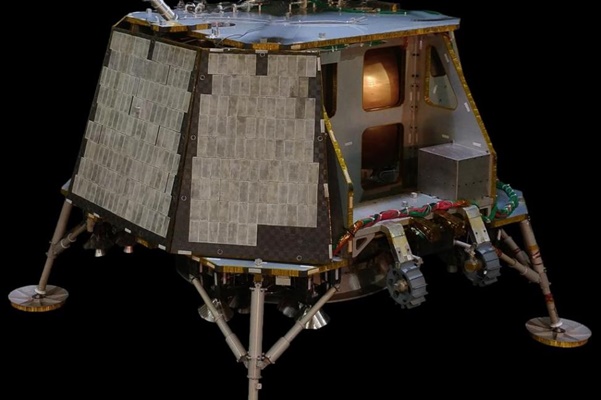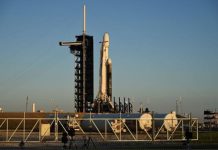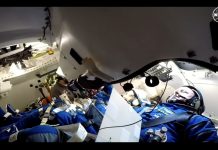June 1 (UPI) — NASA has chosen three private U.S. companies to send unmanned landers to the moon starting in 2020, the space agency announced Friday.
The companies and contract amounts are Astrobotic, of Pittsburgh, Pa., $79.5 million; Intuitive Machines, of Houston, Texas, $77 million; and OrbitBeyond, of Edison, N.J., $97 million.
In addition to building landers, the companies are to deliver science and technology experiments as part of the Commercial Lunar Payload Services program. It’s part of what NASA is calling the Artemis program to return people to the moon’s surface by 2024.
Artemis is conceived as a follow-up to the Apollo program of the 1960s and 1970s. In Greek mythology, Artemis is the twin sister of Apollo.
NASA Administrator Jim Bridenstine said the awarding of such contracts was “a huge step forward for our Artemis lunar exploration plans.”
OrbitBeyond, also working from a location in Daytona Beach, Fla., has the most ambitious schedule.
During the NASA press conference Friday, OrbitBeyond CEO Siba Padhi said the company’s lander would be on the moon by Sept. 27, 2020.
It has decided to use a SpaceX Falcon 9 for launch, as has Intuitive Machines. Astrobotic’s executives said they are still evaluating launch providers.
“The lunar market is going to grow exponentially in the next few years,” Padhi said. “This will create new markets in exploiting and utilizing space.”
NASA said it will decide exactly which experiments to send on the landers by the end of summer 2019. The companies are lining up private partners for each mission, as well.
NASA experiments could include instruments that pinpoint lander positions, measure the lunar radiation environment, assess how lander and astronaut activity affects the moon and assist with navigation precision.
Orbit Beyond has proposed to fly up to four payloads to Mare Imbrium, a lava plain in one of the moon’s craters.
Astrobotic might fly up to 14 payloads to its target — Lacus Mortis, a large crater on the near side of the moon, by July 2021.
Intuitive Machines is planning up to five missions to Oceanus Procellarum, which NASA calls a “scientifically intriguing dark spot” on the moon, also by July 2021.
Each company will provide payload integration and operations, launch from Earth and landing on the surface of the moon.
The landers are aimed at providing knowledge that will be used to establish a permanent presence on the moon.
“We want to not only go there, but to grow an industry,” said Thomas Zurbuchen, associate administrator of NASA’s science mission directorate.






